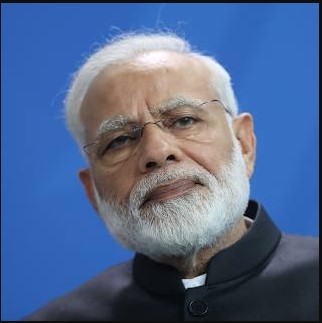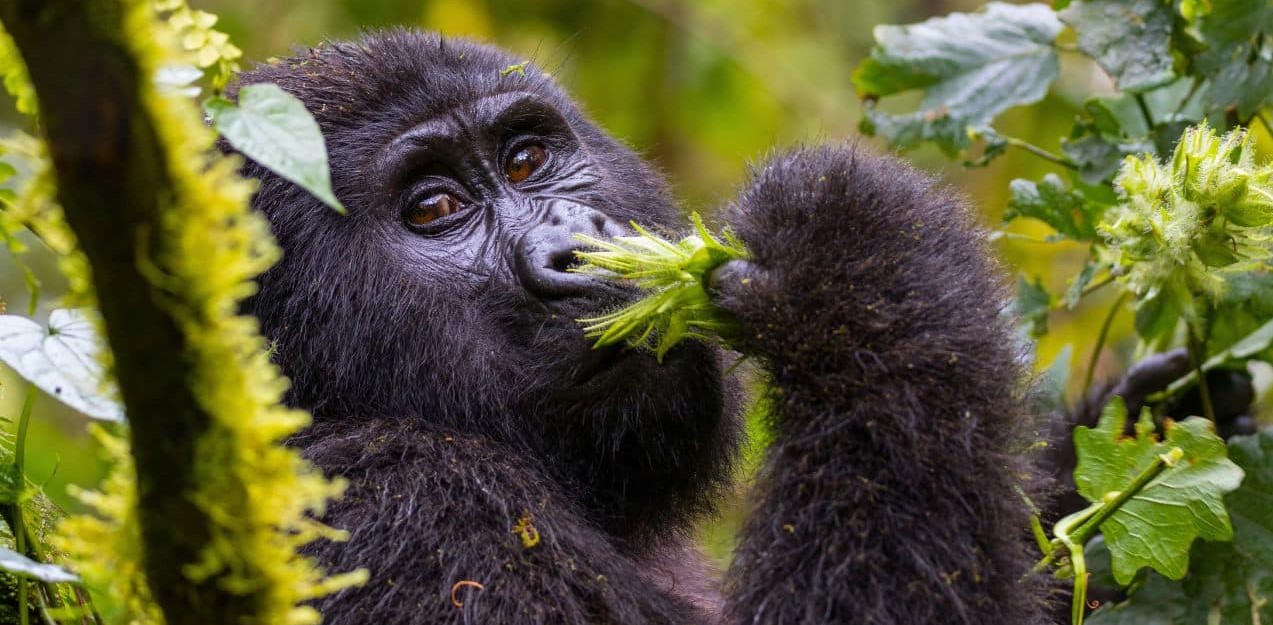
The Non-Aligned Movement (NAM) is a group of states that are not formally aligned with any major power bloc or alliance. The movement was founded in 1961 during the Cold War era and aimed to create a forum for developing countries to pursue an independent foreign policy and promote peace, development, and cooperation. This response provides an overview of the Non-Aligned Movement, its history, principles, objectives, organizational structure, and key activities.
History:
The Non-Aligned Movement emerged in the backdrop of the Cold War when the world was divided into two major power blocs: the Western bloc led by the United States and the Eastern bloc led by the Soviet Union. Many newly independent countries sought to avoid aligning themselves with either of these power blocs and aimed to establish their own identity and autonomy. The idea of a non-aligned movement gained traction, and in 1961, leaders from 25 countries gathered in Belgrade, Yugoslavia, for the First Conference of Heads of State or Government of Non-Aligned Countries. The movement gradually expanded, and today it comprises 120 member states, representing the majority of the developing world.
Principles:
The Non-Aligned Movement is guided by a set of principles that define its approach to international relations. These principles include:
1. Respect for sovereignty and territorial integrity: NAM members uphold the principle of non-interference in the internal affairs of other states and respect for their territorial boundaries.
2. Mutual respect for the independence, sovereignty, and equality of all nations: NAM emphasizes the equality of all states, regardless of their size or level of development.
3. Rejection of colonialism, imperialism, and neocolonialism: NAM condemns any form of colonialism and supports the rights of all peoples to self-determination.
4. Promotion of multilateralism: NAM advocates for the strengthening of multilateral institutions, such as the United Nations, as a means to promote international peace and cooperation.
5. Respect for international law and the United Nations Charter: NAM members adhere to international law and support the principles enshrined in the UN Charter, including the peaceful settlement of disputes.
6. Non-aggression and non-interference in the internal affairs of states: NAM opposes aggression and interference in the internal affairs of states, promoting peaceful coexistence and diplomatic resolution of conflicts.
Objectives:
The Non-Aligned Movement has several objectives, including:
1. Preservation of national independence and territorial integrity.
2. Promotion of economic development and social progress.
3. Promotion of disarmament and non-proliferation of nuclear weapons.
4. Support for decolonization and self-determination of peoples under colonial or foreign domination.
5. Promotion of human rights, democracy, and social justice.
6. Enhancement of South-South cooperation and solidarity among developing countries.
Organizational Structure:
The Non-Aligned Movement operates through a three-tier structure consisting of:
1. The Summit: The highest decision-making body, composed of the heads of state or government of member countries. The summit is held every three years, and decisions are made by consensus.
2. The Ministerial Meeting: Held annually, the meeting brings together foreign ministers from member states to discuss and coordinate positions on various issues.
3. The Coordinating Bureau: Composed of member countries that represent different geographical regions, the bureau meets regularly to coordinate the movement's activities, prepare for the summit and ministerial meetings, and oversee the work of various committees and working groups.
Key Activities:
The Non-Aligned Movement engages in various activities to promote its objectives, including:
1. Advocacy for multilateralism: NAM actively participates in the United Nations General Assembly and other international forums, advocating for the interests of developing countries and promoting a more inclusive and equitable global order.




















